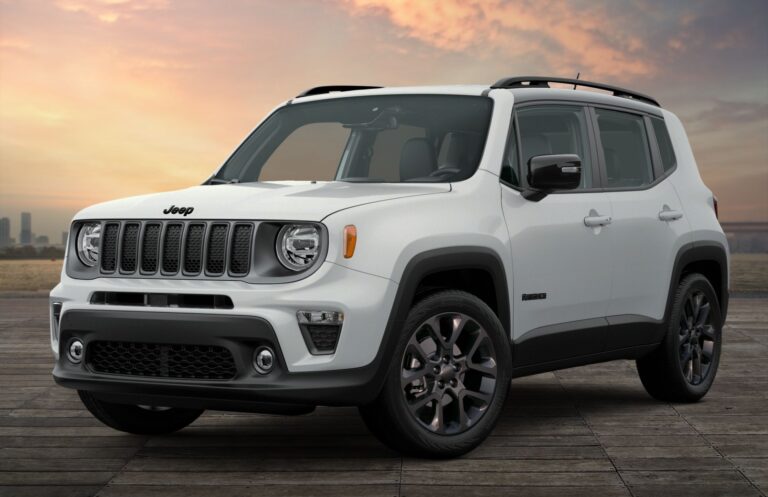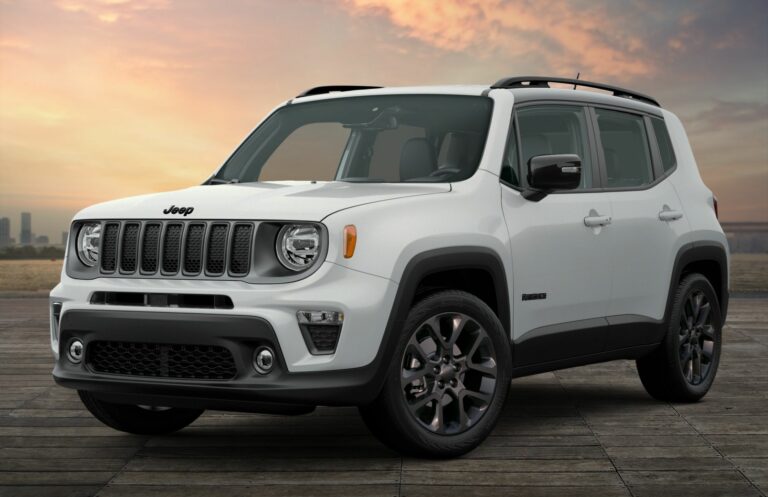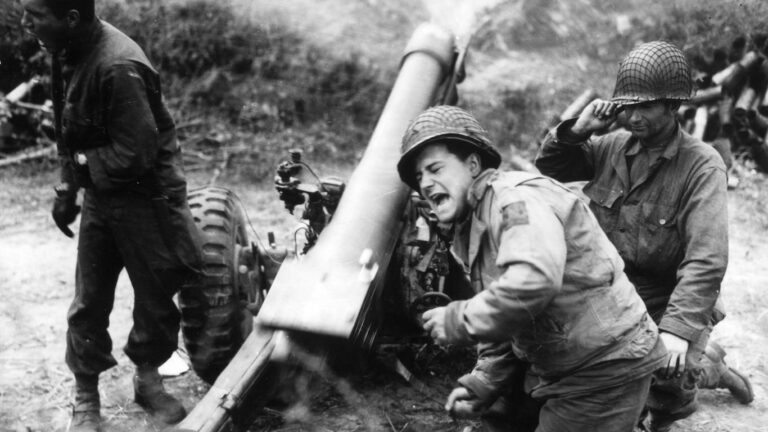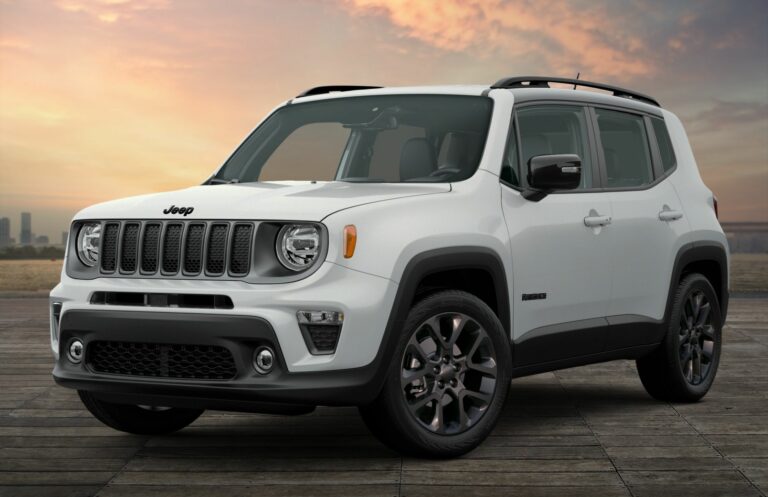How Much Does A Jeep Wrangler Unlimited Hard Top Weigh? Unveiling the Practicalities of Your Off-Road Companion
How Much Does A Jeep Wrangler Unlimited Hard Top Weigh? Unveiling the Practicalities of Your Off-Road Companion jeeps.truckstrend.com
The Jeep Wrangler Unlimited is more than just a vehicle; it’s a symbol of freedom, adventure, and the open road. A defining characteristic for many Wrangler owners is the ability to transform their rugged SUV from an enclosed, weather-protected cabin to an open-air experience. Central to this transformation is the hardtop, a robust, multi-piece structure that provides security, insulation, and protection from the elements. However, this indispensable component comes with its own set of practical considerations, chief among them being its weight. Understanding how much a Jeep Wrangler Unlimited hardtop weighs is crucial for anyone considering removal for summer adventures, purchasing aftermarket accessories, or simply curious about their vehicle’s dynamics. This comprehensive guide will delve into the specifics of hardtop weight, its implications, and practical advice for every Wrangler owner.
The Core Question: Hardtop Weight Breakdown
How Much Does A Jeep Wrangler Unlimited Hard Top Weigh? Unveiling the Practicalities of Your Off-Road Companion
At the heart of our inquiry lies the fundamental question: exactly how much does a Jeep Wrangler Unlimited hardtop weigh? The answer, like many things in the automotive world, isn’t a single number but rather a range influenced by the Wrangler’s generation, specific design, and whether it’s an original equipment manufacturer (OEM) part or an aftermarket creation.
Generally, a Jeep Wrangler Unlimited (4-door) hardtop is designed as a modular system, allowing for partial or full removal. This typically involves two "Freedom Panels" above the front seats and a large rear section covering the back seats and cargo area.
- Jeep Wrangler JK Unlimited (2007-2018) Hardtop: These hardtops are known for their sturdy construction. The main rear section typically weighs in the range of 140 to 160 pounds (63.5 to 72.6 kg). Each of the two front Freedom Panels adds approximately 10 to 15 pounds (4.5 to 6.8 kg). This brings the total approximate weight for a complete JK Unlimited hardtop to 160 to 190 pounds (72.6 to 86.2 kg).
- Jeep Wrangler JL Unlimited (2018-Present) Hardtop: With advancements in materials and manufacturing, the JL generation often features slightly lighter hardtops while maintaining durability. The main rear section of a JL Unlimited hardtop usually weighs between 120 to 140 pounds (54.4 to 63.5 kg). The redesigned front Freedom Panels are also marginally lighter, typically weighing around 8 to 12 pounds (3.6 to 5.4 kg) each. Thus, the total approximate weight for a complete JL Unlimited hardtop generally falls between 136 to 164 pounds (61.7 to 74.4 kg).
It’s important to note that these figures are approximate and can vary slightly based on the specific year, trim level, and any factory or dealer-installed options (like headliners or sound deadening).
Factors Influencing Hardtop Weight

While the generation of your Wrangler is the primary determinant, several other factors can subtly influence the overall weight of your hardtop:
- Material Composition: OEM hardtops are typically made from a durable fiberglass composite. Aftermarket manufacturers, however, might use different composites, plastics, or even lighter materials like carbon fiber for specialized, high-performance, or lighter-weight options. These alternative materials can significantly alter the weight.
- Design and Modularity: While most Unlimited hardtops are 3-piece, some older or specific aftermarket designs might be a single piece or a 2-piece design (one large front piece and one rear). The number and size of individual components impact how the total weight is distributed and perceived during handling.
- Added Accessories and Insulation: Many owners choose to add aftermarket sound deadening, additional insulation, or headliners to their hardtops for improved cabin comfort. While these additions are beneficial, they do contribute to the overall weight. Similarly, external accessories like roof racks, rooftop tents, or light bars mounted directly to the hardtop will significantly increase its effective weight.
- Paint and Coatings: While negligible, the layers of paint and protective coatings also add a minuscule amount of weight.

Why Does Hardtop Weight Matter? Practical Implications
The weight of your hardtop might seem like a trivial detail, but it has several significant practical implications for Wrangler owners:
- Removal and Installation: This is perhaps the most immediate concern. A hardtop weighing 130-190 pounds is not a one-person job for safe removal or installation. It requires at least two strong individuals, or more ideally, a specialized hoist system. Understanding the weight helps in planning the process, ensuring safety, and preventing damage to the top or injury to yourself.
- Storage Requirements: Once removed, the hardtop needs a dedicated storage space. Its substantial weight means it cannot simply be leaned against a wall. Proper storage solutions, such as overhead hoists, wall mounts, or rolling carts, are necessary to prevent warping, cracking, or damage to the seals. The chosen solution must be able to safely support the full weight.
- Vehicle Dynamics and Fuel Efficiency: While the hardtop’s weight is a small fraction of the total vehicle weight (which can be 4,000-5,000 lbs), any added mass contributes to slightly increased fuel consumption. More importantly, the weight is located relatively high on the vehicle. This raises the center of gravity, which can have a minor, though often unnoticeable for most drivers, impact on handling, especially during aggressive maneuvers or off-road articulation.
- Aftermarket Accessory Compatibility: If you plan to install a roof rack or a rooftop tent, knowing the hardtop’s weight is crucial for calculating the total dynamic and static load limits. The hardtop itself, plus any accessories, must not exceed the vehicle’s structural limitations or the rack’s weight capacity.

Practicalities of Hardtop Removal and Storage
Given the weight, careful planning is essential for hardtop management.
DIY Removal:
For the 3-piece hardtop, the Freedom Panels are lightweight enough for one person to remove easily. The main rear section, however, requires assistance.
- Preparation: Ensure your Wrangler is parked on a level surface. Gather your tools (usually a Torx bit set for the mounting bolts).
- Disconnect: Unclip the quick-release latches inside the hardtop. Disconnect the rear wiper fluid hose and electrical connector (for the wiper and defroster).
- Unbolt: Remove all bolts securing the hardtop to the body.
- Lift: This is where the weight comes into play. With at least one strong helper (or two for safety), carefully lift the hardtop straight up and off the vehicle. Coordinate movements to avoid twisting or dropping the top.
- Placement: Gently place the hardtop onto your chosen storage solution.
Tools and Equipment:
- Torx Bit Set: Essential for removing bolts.
- Helper(s): Non-negotiable for manual removal of the main section.
- Hardtop Hoist System: Highly recommended for single-person removal and safe storage. These can be manual crank or electric winch systems. They attach to your garage ceiling and allow you to lift the top directly off the Jeep.
- Hardtop Cart/Dolly: Useful for moving the hardtop once it’s off the vehicle, especially if your storage is not directly above your parking spot.
Storage Solutions:
- Overhead Hoist: The most popular solution for garages. It lifts the top off the vehicle and keeps it suspended, freeing up floor space.
- Wall Mounts: Some systems allow you to mount the hardtop vertically against a garage wall, but ensure they are rated for the weight and properly secured.
- Rolling Carts/Dollies: Great for moving and storing the top on the ground, but they do occupy floor space. Ensure the cart provides adequate support to prevent warping.
Tips for Care:
- Clean Before Storage: Wipe down the hardtop before storing to prevent dirt from scratching surfaces or settling into seals.
- Protect Edges: Use padding or blankets on edges that might contact the ground or storage apparatus.
- Inspect Seals: Before reinstallation, inspect the rubber seals for cracks or damage and clean them to ensure a watertight fit.
Hardtop Weight Specifications
Here’s a generalized table summarizing the approximate weights for popular Jeep Wrangler Unlimited hardtops:
| Jeep Wrangler Model | Hardtop Type | Total Approx. Weight (lbs) | Total Approx. Weight (kg) | Front Freedom Panels (lbs) | Main Rear Section (lbs) | Notes |
|---|---|---|---|---|---|---|
| JK Unlimited (4-door) | OEM Fiberglass 3-Piece | 160 – 190 | 72.6 – 86.2 | 10 – 15 (each) | 140 – 160 | Heavier, robust construction. |
| JL Unlimited (4-door) | OEM Fiberglass 3-Piece | 136 – 164 | 61.7 – 74.4 | 8 – 12 (each) | 120 – 140 | Lighter due to material/design advancements. |
| Aftermarket (Lightweight) | Carbon Fiber/Composite | 80 – 120 | 36.3 – 54.4 | Varies | Varies | Significantly lighter, often higher cost. |
| Aftermarket (Heavy Duty) | Reinforced Fiberglass | 180 – 220+ | 81.6 – 99.8+ | Varies | Varies | May include integrated racks, extra insulation. |
Note: Weights are approximate and can vary by specific model year, trim, and manufacturer.
Practical Advice and Actionable Insights
- Safety First: Never attempt to remove or install the main hardtop section alone. Always have at least one strong helper or utilize a purpose-built hoist system.
- Invest in Storage: A proper hardtop hoist or cart is not an extravagance; it’s an investment in the longevity of your hardtop and your personal safety.
- Consider Your Needs: If you frequently remove your hardtop, an electric hoist will save you time and effort. If space is limited, an overhead hoist is ideal.
- Payload Awareness: When adding roof racks or other heavy accessories to your hardtop, always factor in the hardtop’s weight to ensure you stay within your vehicle’s Gross Vehicle Weight Rating (GVWR) and roof load limits.
- Maintenance Matters: Regularly clean and inspect your hardtop’s seals. This small effort prevents leaks and ensures a snug fit, extending the life of your top.
Frequently Asked Questions (FAQ)
Q1: Can one person remove a Jeep Wrangler Unlimited hardtop?
A1: While the front Freedom Panels can be removed by one person, the main rear section of a Jeep Wrangler Unlimited hardtop is too heavy and cumbersome for safe single-person removal. It requires at least two strong individuals or a specialized hardtop hoist system.
Q2: Does the hardtop’s weight significantly affect fuel economy?
A2: While any added weight will marginally impact fuel economy, the hardtop’s weight alone typically has a negligible effect on overall MPG for most drivers. Factors like driving style, tire choice, and other accessories have a far greater influence.
Q3: Are aftermarket hardtops lighter than OEM ones?
A3: It depends on the aftermarket manufacturer and the materials they use. Some aftermarket hardtops are designed to be significantly lighter using materials like carbon fiber or lighter composites, while others might be heavier if they incorporate additional features like integrated roof racks or enhanced insulation.
Q4: How should I store my hardtop safely when it’s off the Jeep?
A4: The best methods for safe storage include overhead garage hoists (manual or electric), wall-mounted brackets, or specialized rolling carts/dollies. These options ensure the hardtop is supported properly, preventing warping, cracking, or damage to seals, and keep it out of the way.
Q5: What’s the main difference in hardtop weight between JK and JL Unlimited models?
A5: The Jeep Wrangler JL Unlimited hardtop is generally lighter than its JK predecessor. This is primarily due to advancements in material composition and design, allowing for a more efficient and slightly lighter structure without compromising strength or durability.
Q6: Do the Freedom Panels have a significant weight?
A6: Individually, no. Each Freedom Panel typically weighs between 8-15 pounds. While easily manageable by one person, their combined weight contributes to the overall hardtop weight and should be accounted for when considering the total load.
Conclusion
The Jeep Wrangler Unlimited hardtop is an integral part of the vehicle’s versatility, offering protection and comfort when needed, and the promise of open-air adventure when desired. Understanding its weight – approximately 136 to 190 pounds for a 4-door model, depending on the generation – is not just a matter of curiosity but a crucial aspect of responsible ownership. This knowledge empowers owners to safely manage removal and installation, plan for adequate storage, and make informed decisions regarding aftermarket accessories. By acknowledging the hardtop’s substantial nature and preparing accordingly, Wrangler owners can continue to enjoy the full spectrum of their vehicle’s capabilities, transforming their ride with ease and confidence, and always being ready for the next adventure, top on or top off.





